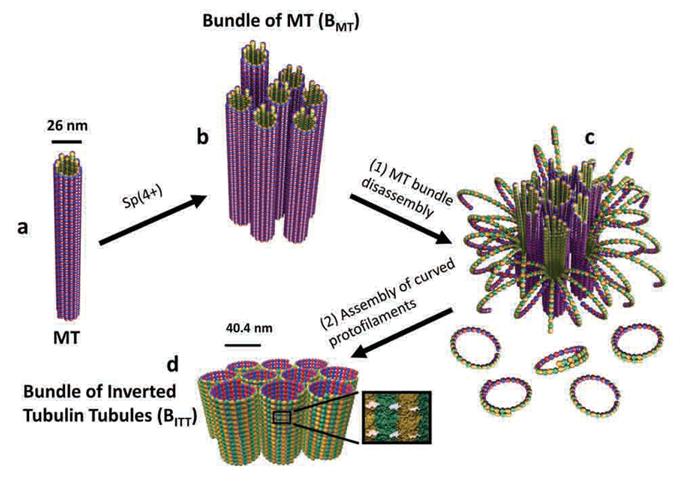research

-
research New Material for Generating Energy-Efficient Spin Currents
(Professor Byong-Guk Park (left) and Professor Kab-Jin Kim) Magnetic random access memory (MRAM) is emerging as next-generation memory. It allows information to be kept even without an external power supply and its unique blend of high density and high speed operation is driving global semiconductor manufacturers to develop new versions continuously. A KAIST team, led by Professor Byong-Guk Park in the Department of Materials Science and Engineering and Professor Kab-Jin Kim in th
2018-05-11 -
research KAIST Develops Ultrathin Polymer Insulators Key to Low-Power Soft Electronics
Using an initiated chemical vapor deposition technique, the research team created an ultrathin polymeric insulating layer essential in realizing transistors with flexibility and low power consumption. This advance is expected to accelerate the commercialization of wearable and soft electronics. A group of researchers at the Korea Advanced Institute of Science and Technology (KAIST) developed a high-performance ultrathin polymeric insulator for field-effect transistors (FETs). The researchers
2015-03-10 -
people Professor Sang-Ouk Kim Publishes Review Article in the Journal of "Nature Materials"
Nature Materials, a peer-reviewed scientific journal published by Nature Publishing Group, covers a range of topics within materials science from materials engineering and structural materials. The journal invited Professor Sang-Ouk Kim of Materials Science and Engineering at KAIST to contribute to the April issue of 2014. Professor Kim, together with his doctoral student, Ju-Young Kim, wrote a review article in the “News and Views” section of the journal, which was entitled “Liquid Crys
2014-03-26 -
people A research paper by Professor Myung-Chul Choi reviewed in Science (February 28, 2014)
A research paper entitled “Transformation of taxol-stabilized microtubules into inverted tubulin tubules triggered by a tubulin conformation switch” was published in Nature Materials this year, dated January 19, 2014. Professor Myung-Chul Choi and Dr. Chae-Yeon Song from the Department of Bio and Brain Engineering at KAIST co-authored the paper together with researchers from the University of California in Santa Barbara and the Hebrew University of Jerusalem. Science,
2014-03-13 -
research The control of light at the nano-level
Professor Min Bumki Professor Min Bumki’s research team from the Department of Mechanical Engineering at KAIST have successfully gained control of the transmittance of light in optical devices using graphene* and artificial 2-dimensional metamaterials**. * Graphene : a thin membrane composed of pure carbon, with atoms arranged in a regular hexagonal pattern ** Metamaterials : artificial materials engineered to have properties that may not be found in nature The research re
2012-11-23